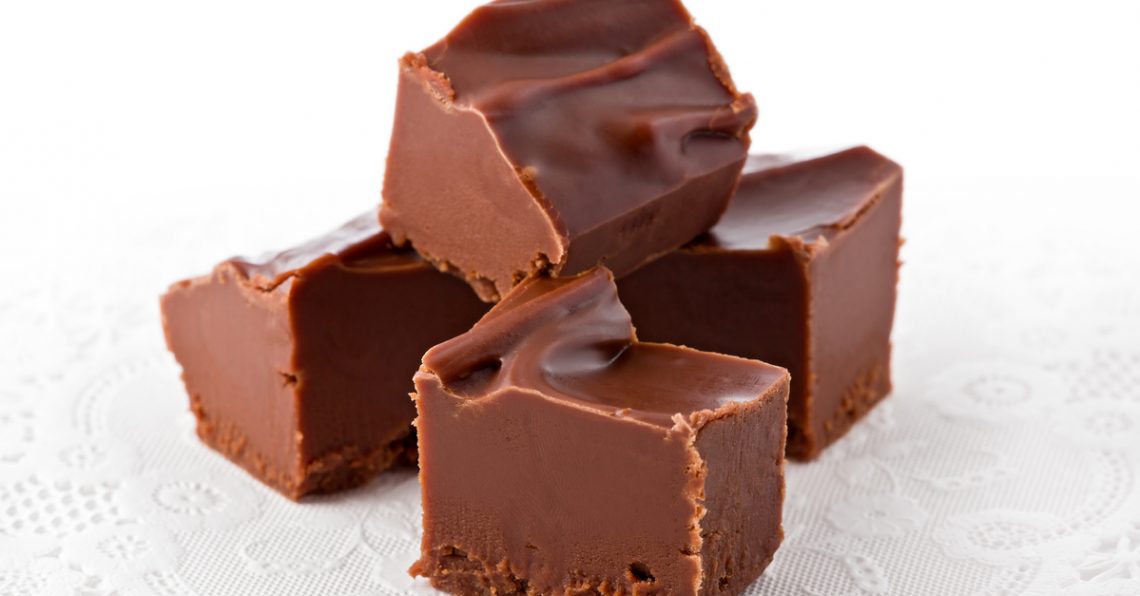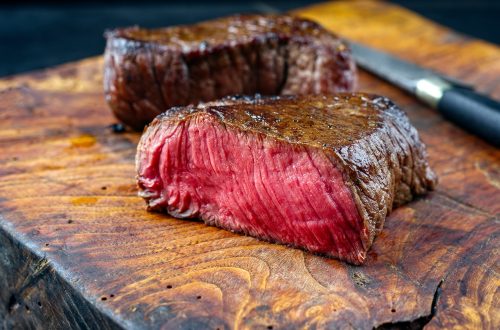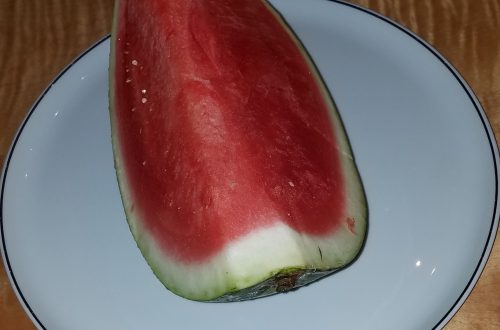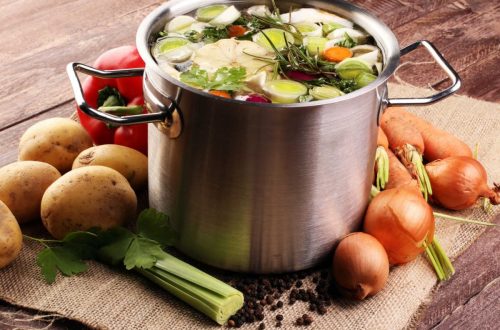
Here Comes the Fudge
Whatever happened to fudge? That question occurred to me since it’s Valentine’s Day – which usually means chocolate. And what could be more chocolate than fudge?
When I was growing up in the 1950s, it seemed that a lot of farm cooks made fudge for special occasions – bridge clubs, church or school potlucks, or for club fund-raising events. But these days, it’s not a go-to recipe for such occasions.
Curious, I decided to find out if anyone else had a theory about why that is. First, I learned that fudge is made by heating sugar, butter, and milk to the “soft ball” stage (240° F), then beating the mixture until it cools, acquiring a smooth, creamy consistency. While the preferred flavoring is usually chocolate, ingredients can also include vanilla, coffee, peppermint, nuts, or coconut. I’m guessing it’s fallen from favor because most modern cooks don’t have the equipment, the time, or the patience to take a chance that it will not come out correctly. Besides, it was much easier to buy the sweet at the growing number of fudgeries that sprouted up in the 1950s and 60s.
Midnight munchies in the 1890s
That’s counter to its history. In fact, The Oxford Encyclopedia of Food and Drink in America explains that fudge likely originated in the “Seven Sisters” women’s colleges in the 1890s when students made the candy late at night using a spirit lamp borrowed from the chemistry lab or a gaslight along with a chafing dish, a gadget popular at the time. Fudge, it is suggested, referred to an expression among young women that was used to avoid swearing. The sweet treat might have been inspired by the Mexican panocha or panucho, a round sugar candy with nuts. The same candy is called a praline in New Orleans.
I found out that one of the first documentations of fudge is a letter written by Vassar student Emelyn Battersby Hartridge, who described how a schoolmate’s cousin made fudge in Baltimore in 1896 and sold it for 40 cents a pound. Emelyn acquired the recipe, made 30 pounds of it in 1888, and sold it for the Vassar Senior Auction. As word and popularity spread among the Seven Sisters colleges, Wellesley and Smith students soon developed their own versions. All the original recipes were described as “delicate,” requiring precise measurements and cooking times and constant stirring, as it was easy to overcook or undercook a batch.
Mamie’s moment in the 1950s
By the mid-1950s, cooks had learned some workarounds for making fudge, which remained popular. When she came to the White House in 1953, First Lady Mamie Eisenhower had her own recipe, which her husband Ike named Mamie’s Million Dollar Fudge, that was printed in most major newspapers. Mamie later admitted that she’d clipped the recipe from a periodical herself. Nonetheless, it was widely copied. (Mamie actually did make fudge in the White House kitchen; and Ike made his own beef stew and sometimes barbecued on the White House roof.)
And cooks are still making fudge, sometimes with instructions and ingredients to make it a little easier and avoid the pitfalls – for example, using condensed milk, or sugar syrup to help with the crystallization issues. Here’s one recipe from The New York Times.
While I’m not a big fan of chocolate, I still remember my grandmother’s fudge and how it glistened on the plate. That said, I much preferred her cookies.
How about you? Are you a fudge proponent? Have you ever made it from scratch? Is there a particular fudge – or fudgerie – that you remember?
To comment, please click on “Read in Browser” or on the headline to view the blog on the website. You can log in and comment at the end of the blog to share your thoughts and start a discussion.
If you’d like to share the blog, click on the Facebook icon or one of the others. Thanks!





3 Comments
Chuck Kennedy
When I was a kid, we used Duncan Hines chocolate fudge mix in a box,
Chuck
Lisa Brayton
The fudge history inspired me to consult one of my favorite old cookbooks, “The Boston Post Book of Recipes and Menus,” published in 1925. Most recipes were submitted by readers of the newspaper. I found several fudge recipes. One called for orange juice, walnuts and marshmallows. Another suggested stirring in cocoanut and a mashed potato. A third said to add a piece of butter the size of an egg. All called for lots of sugar and plenty of mixing “on the fire.”
Lisa.
Angela Carbone
I learned how to make fudge in Home Ec class. Up to that point, it wasn’t something that my family had enay experience with. I haven’t made it in years, but now I’m thinking this may be the perfect time to try.